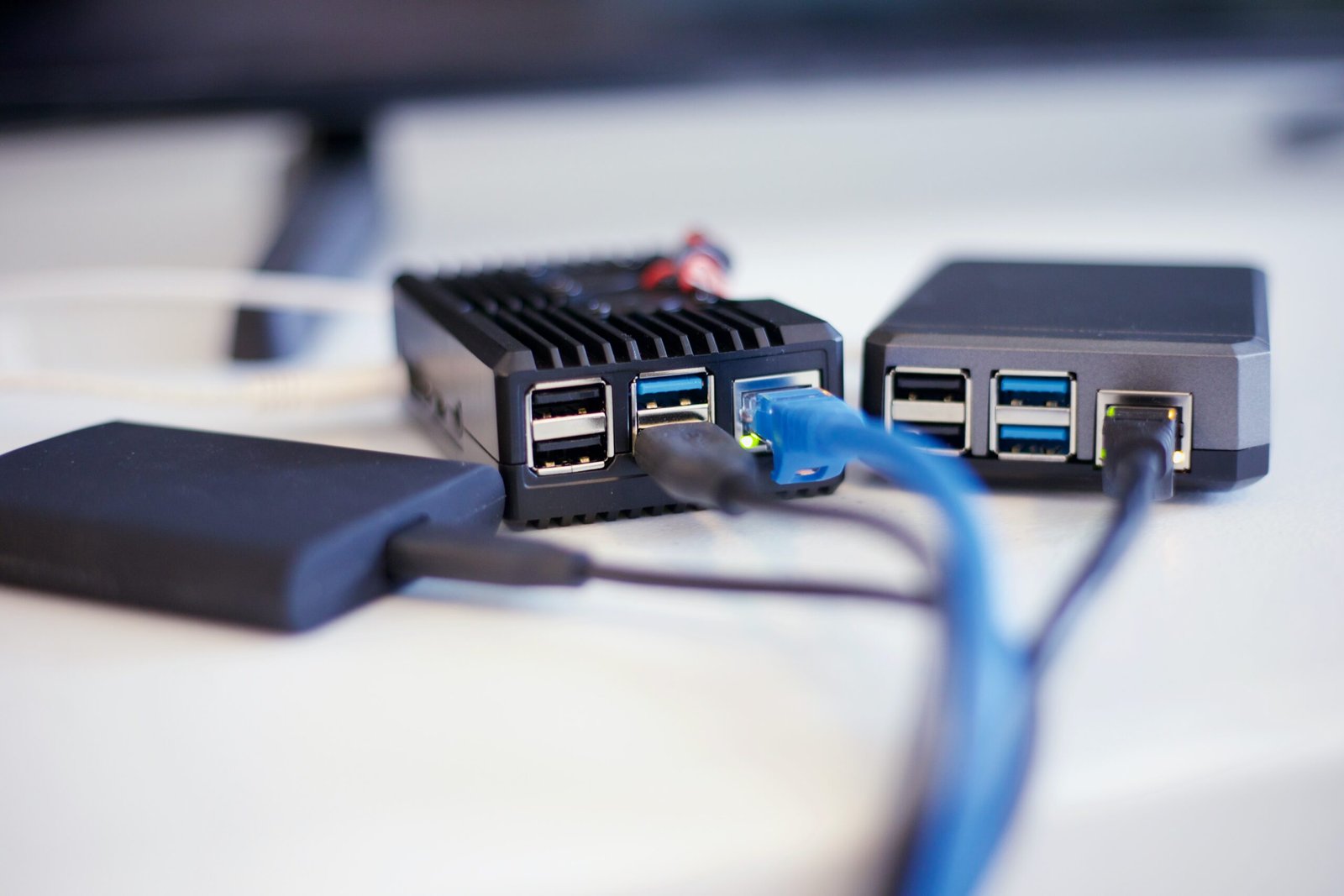Introduction
Computer networking is the practice of connecting computers and other devices together to share resources and communicate with each other. It plays a crucial role in our modern world, enabling us to access the internet, share files, and collaborate with others. In this article, we will explore the basics of computer networking, including its components, types, and protocols.
Components of a Computer Network
A computer network consists of several key components:
- Devices: These include computers, laptops, smartphones, servers, routers, switches, and modems. These devices are interconnected to form a network.
- Network Interface Cards (NICs): NICs are hardware components that enable devices to connect to a network. They provide a physical interface for transmitting and receiving data.
- Cables: Cables such as Ethernet cables are used to connect devices together in a wired network.
- Wireless Access Points: These devices enable wireless connectivity by transmitting and receiving data over radio waves.
Types of Computer Networks
There are several types of computer networks, depending on their size and geographical distribution:
- Local Area Network (LAN): A LAN is a network that covers a small geographical area, such as a home, office, or school. It typically connects devices within a close proximity using Ethernet cables.
- Wide Area Network (WAN): A WAN covers a larger area, such as a city, country, or even multiple countries. It connects LANs together using routers and leased lines.
- Metropolitan Area Network (MAN): A MAN is a network that spans a city or metropolitan area. It provides high-speed connectivity for organizations within the same geographical area.
- Wireless Local Area Network (WLAN): A WLAN uses wireless technology, such as Wi-Fi, to connect devices within a limited area. It eliminates the need for cables and enables mobility.
Network Protocols
Network protocols are a set of rules and standards that govern how data is transmitted and received across a network. Here are some commonly used protocols:
- Internet Protocol (IP): IP is the fundamental protocol of the internet. It provides a unique address for each device on the network, known as an IP address, and ensures that data is delivered to the correct destination.
- Transmission Control Protocol (TCP): TCP is a reliable and connection-oriented protocol that breaks data into packets and ensures their successful delivery.
- User Datagram Protocol (UDP): UDP is a connectionless and unreliable protocol that transmits data without the need for establishing a connection. It is commonly used for real-time applications such as video streaming and online gaming.
- Internet Control Message Protocol (ICMP): ICMP is used for error reporting and diagnostic functions in IP networks. It is responsible for sending error messages and testing network connectivity.
Conclusion
Computer networking is a complex field that plays a vital role in our interconnected world. Understanding the basics of computer networking, including its components, types, and protocols, is essential for anyone working with computers and networks. By grasping these fundamentals, you will be well-equipped to troubleshoot network issues, set up new networks, and make the most of the opportunities offered by modern technology.
